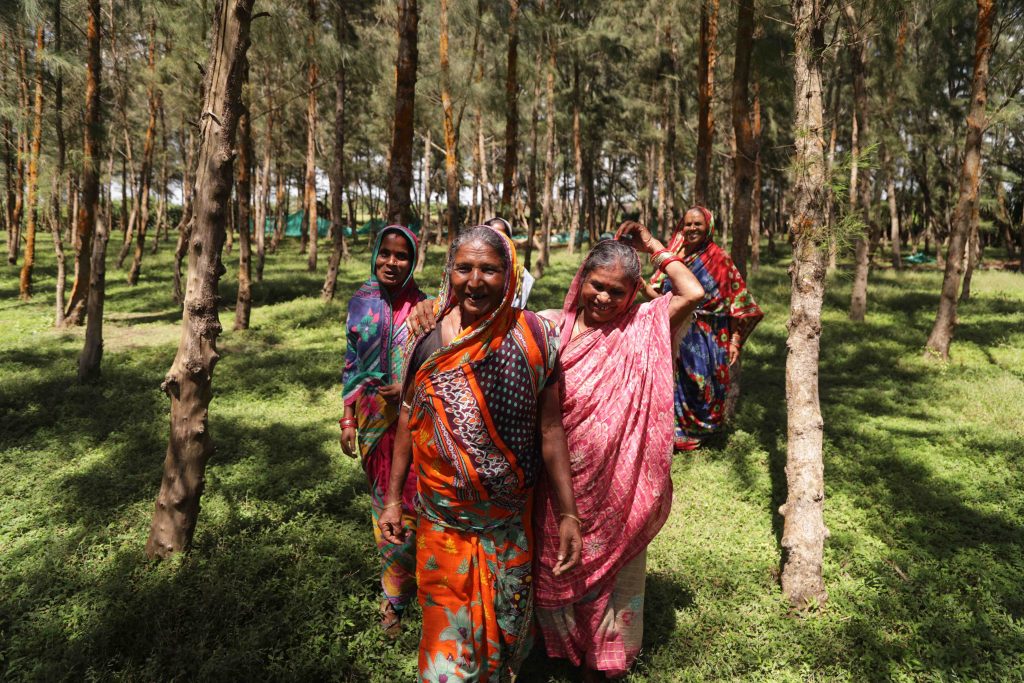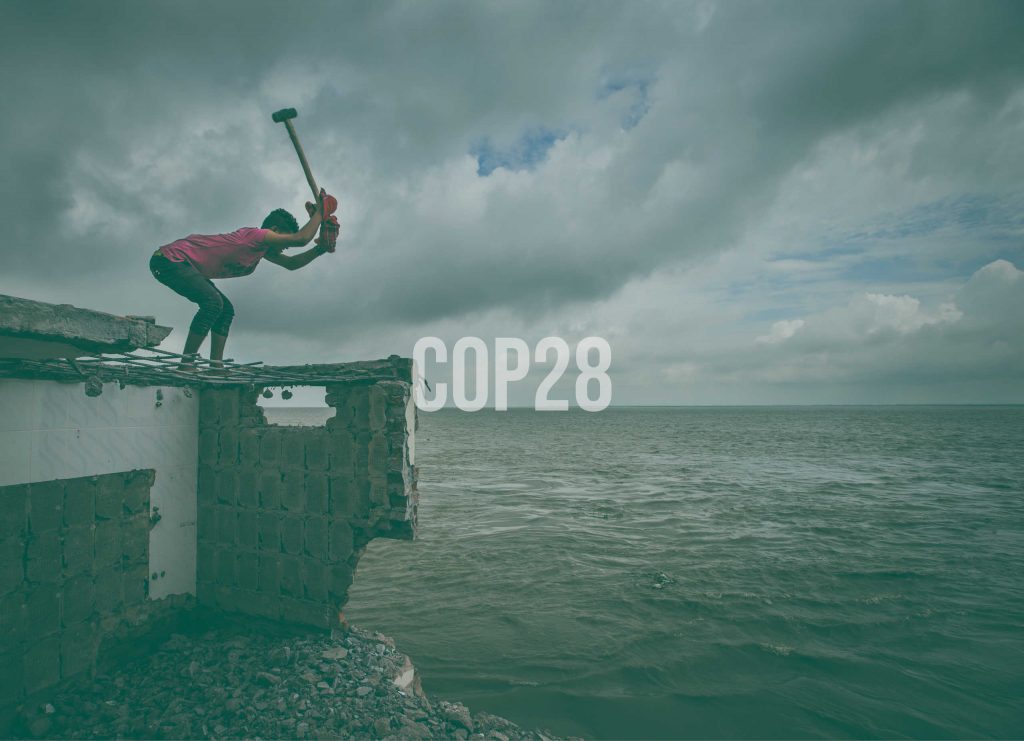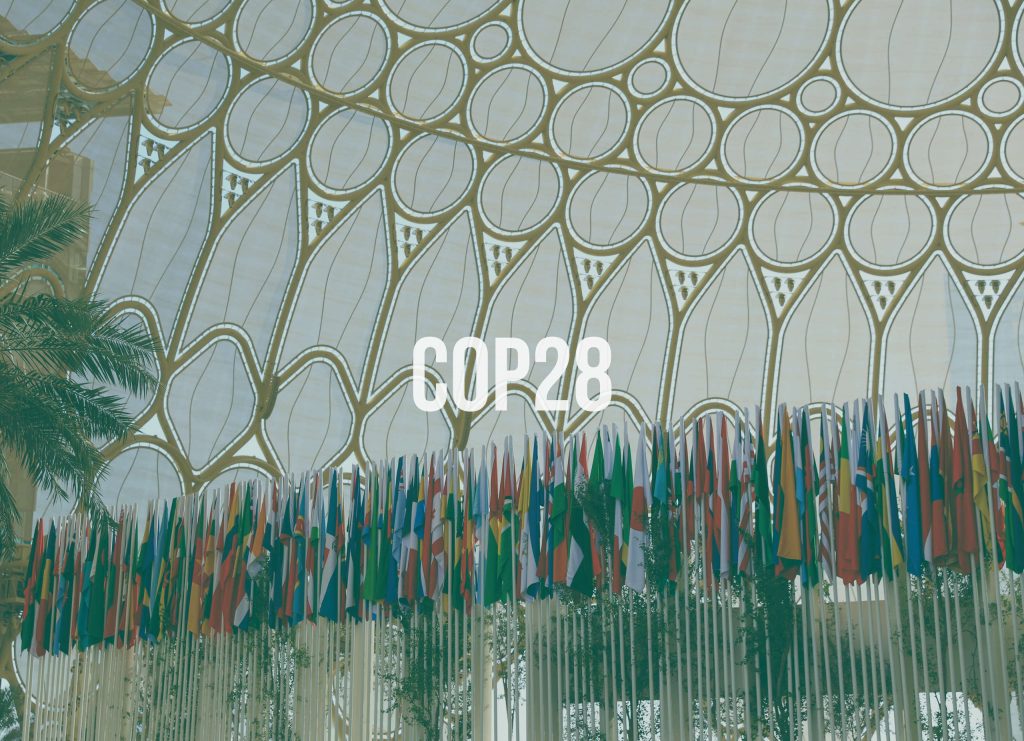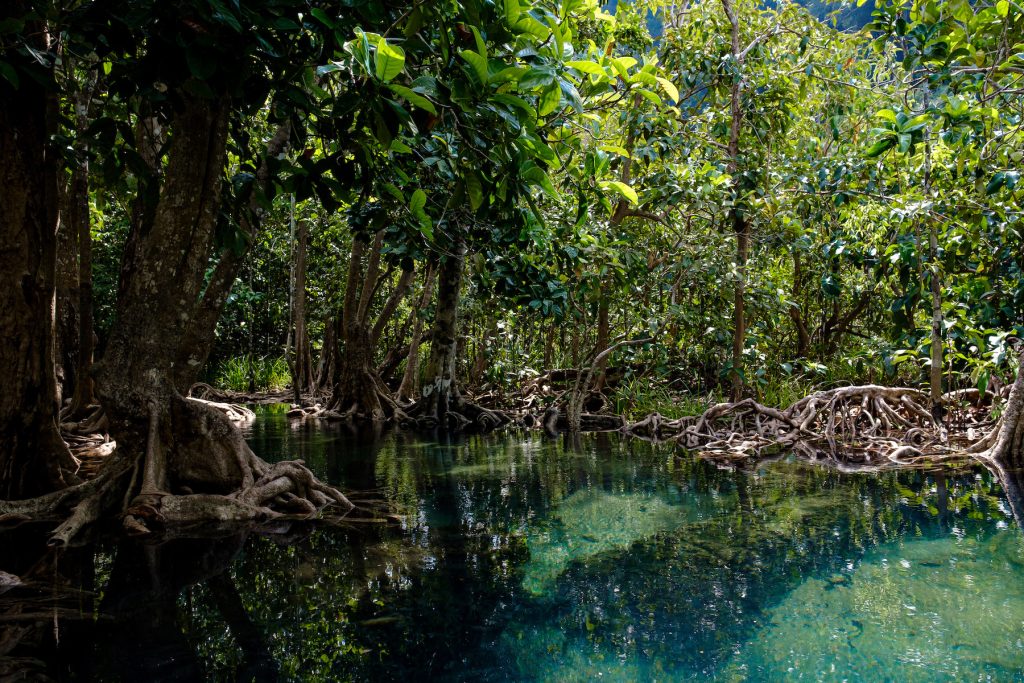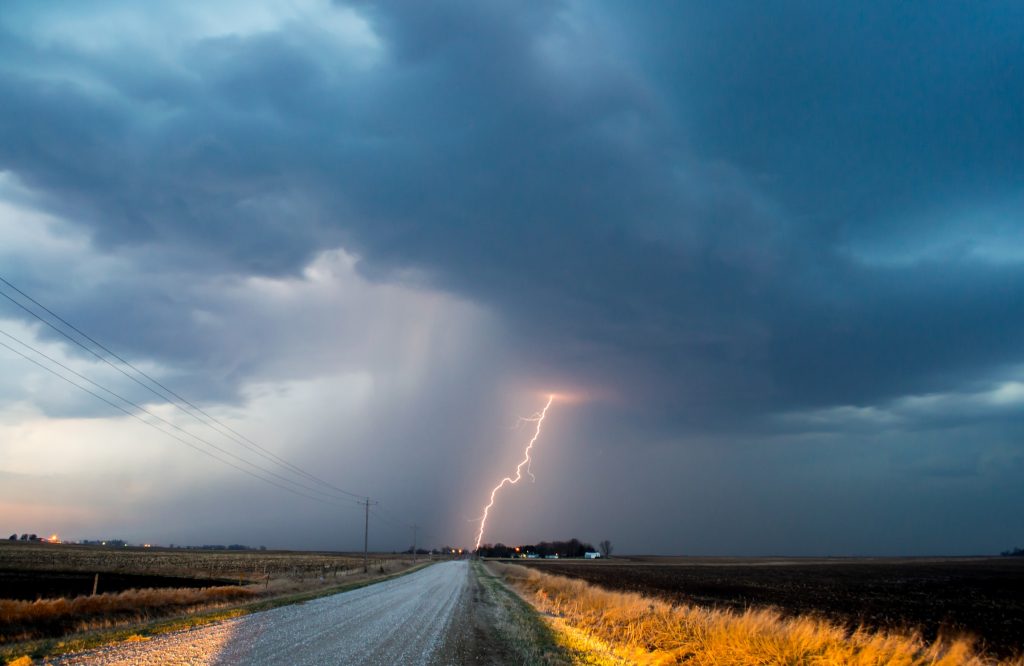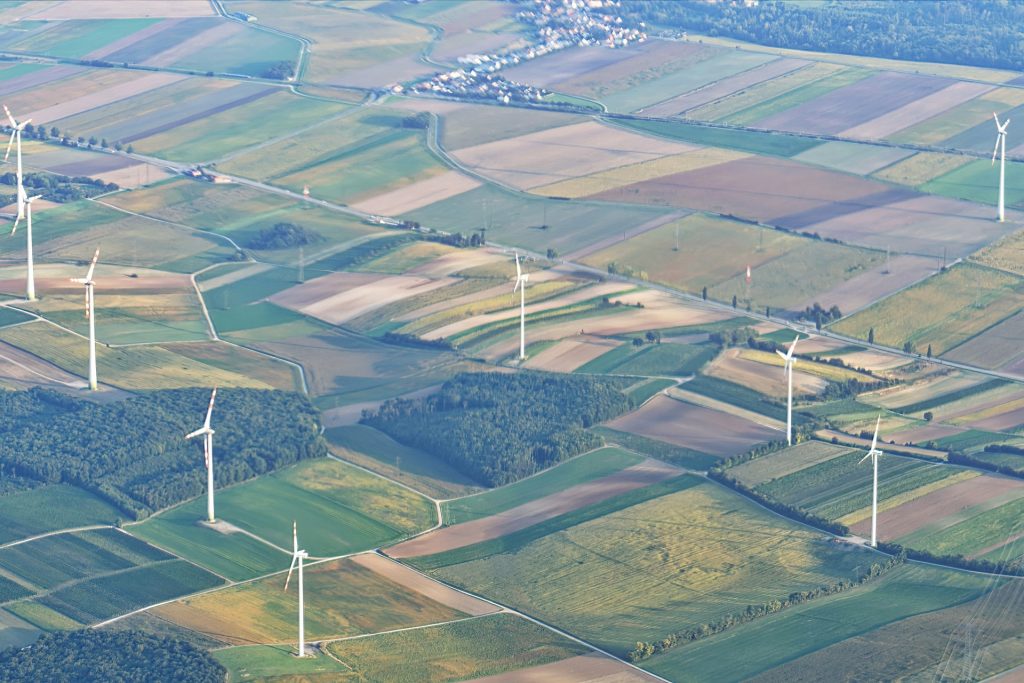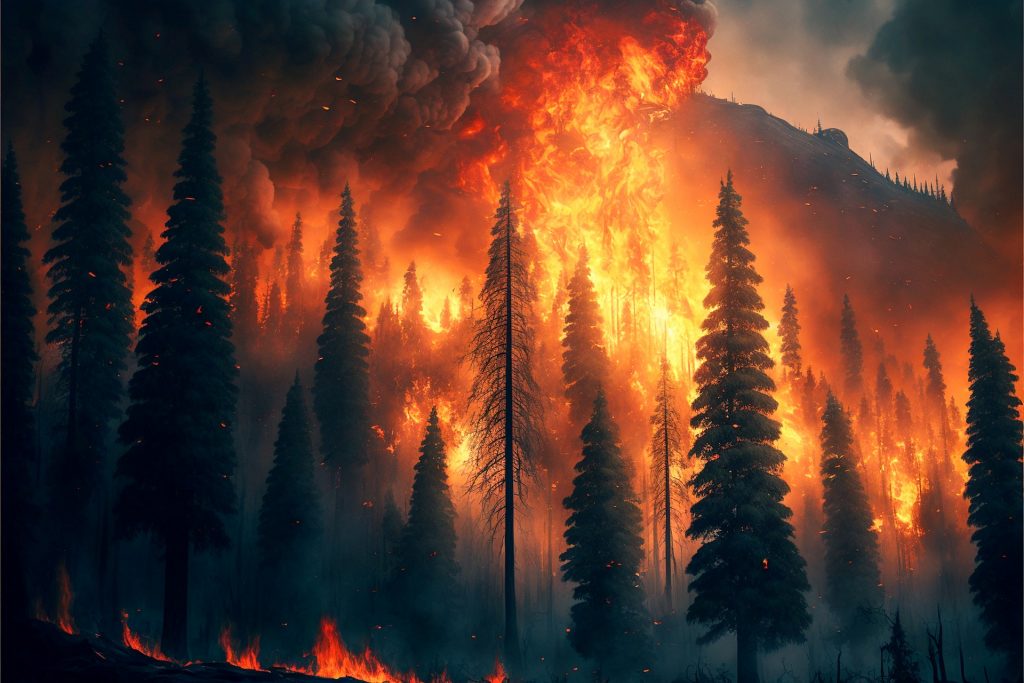
Building resilience: The urgency of Global Early Warning Systems in the face of climate change challenges
Climate change is no longer a threat of the future. It is happening now. The question is, how do we adapt to the increased likelihood of extreme events? Part of the solution is putting ample and early warning systems into place that allow all communities and sectors across the globe to know when, where and how to act.

